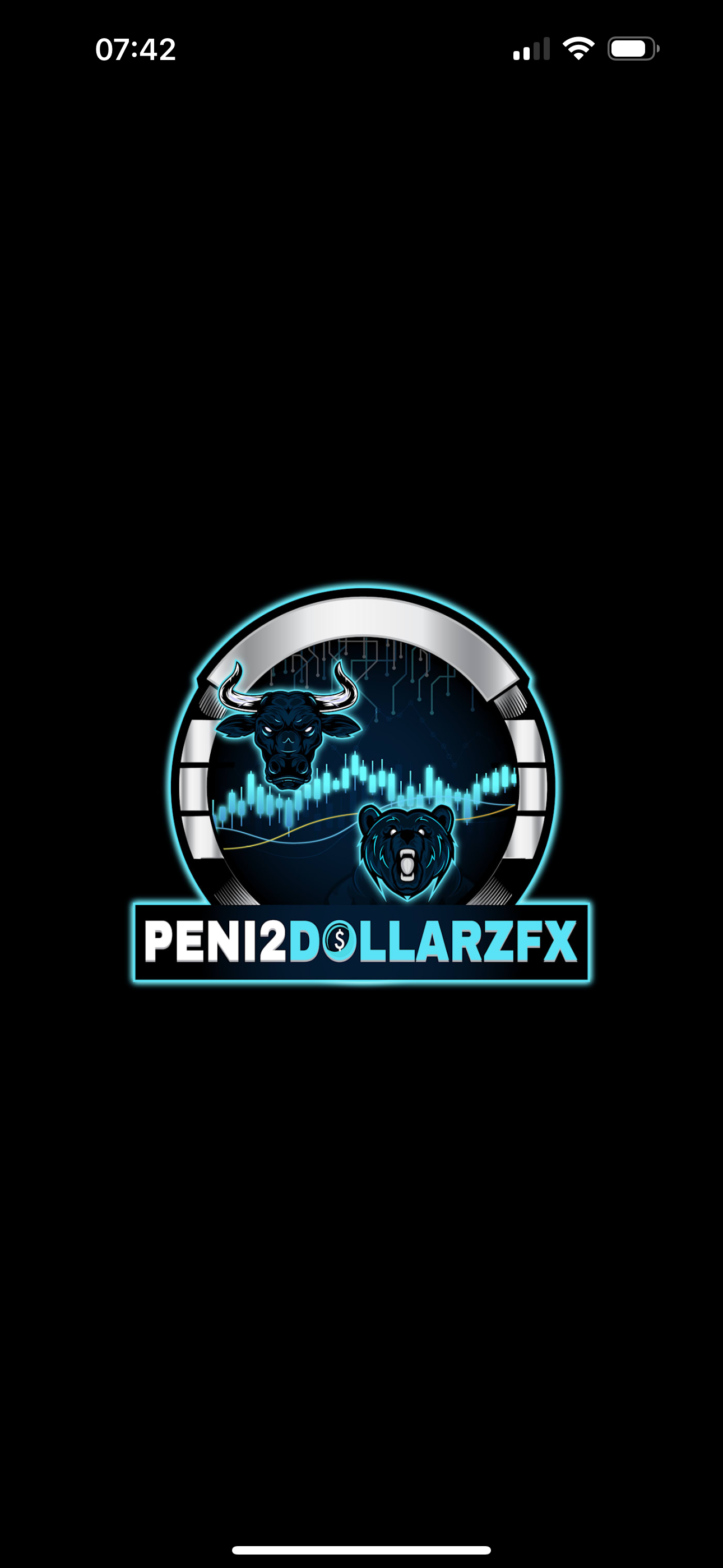ADA (Cardano): A Simple, Beginner-Friendly Look at a “Research First” Blockchain
- Leguan Penigo
- 4 days ago
- 4 min read
If you’ve been in crypto for a while, you’ve probably heard the name Cardano and its native coin ADA. Maybe you’ve even seen people debate it on X/Twitter or YouTube – some love it, some ignore it, and some don’t really understand what it does.
This blog is a simple, non-technical introduction to ADA:
What Cardano is
What ADA is used for
Why some people consider it a “fundamentals” project
What Is Cardano?
Cardano is a Layer-1 blockchain, like Bitcoin and Ethereum, but built with a big focus on:
Security – based on peer-reviewed academic research
Energy efficiency – no heavy mining, uses Proof-of-Stake
Scalability & long-term planning – a clear roadmap and on-chain governance
Real-life example
Think of Cardano as a digital country:
The roads and buildings are the Cardano blockchain itself.
The shops and offices are the apps and smart contracts built on top.
The money everyone uses inside this country is ADA.
Whenever people send money, use services, or interact in this digital country, ADA is involved somewhere.
What Is ADA?
ADA is the native cryptocurrency of the Cardano network.
You can think of ADA in three main roles:
Digital cash – You can send ADA to anyone in the world, 24/7, with no bank.
Fuel for the network – Every transaction and smart contract interaction on Cardano uses a tiny amount of ADA as a fee.
Voting power + security – People who hold ADA can stake it to help secure the network and, over time, vote on how the system should evolve.
How Cardano Secures the Network (Without Mining)
Instead of using mining like Bitcoin, Cardano uses Proof-of-Stake (PoS) through a protocol called Ouroboros.
How it works in simple terms
People “delegate” or stake their ADA to different stake pools.
In each time slot, the network randomly chooses a pool to create the next block.
The more ADA staked with a pool, the higher its chance to be chosen.
When a pool creates a block, everyone who delegated to that pool gets a share of the rewards.
Real-life example
Imagine a town with a public lottery that picks someone each day to “open the marketplace” (create the next block):
Instead of lottery tickets, people use the amount of ADA they’ve staked.
The more ADA you have staked, the more chances you have.
When your group gets picked, everyone in the group receives a small reward.
No giant mining farms. Just regular servers, less energy usage, and rewards shared with the community.
What Can ADA Be Used For?
Here are the main utilities of ADA inside the Cardano ecosystem:
Paying fees
Every time you send ADA or interact with a Cardano app (DeFi, NFT, etc.), you pay a small fee in ADA.
Staking & earning rewards
You can delegate ADA to a stake pool directly from your wallet.
You stay in control of your coins and earn rewards over time for helping secure the network.
DeFi, NFTs, and more
ADA is often the base currency in Cardano’s DeFi apps and NFT marketplaces.
You can provide liquidity, borrow against it, or trade it for other Cardano-based tokens.
Governance (growing over time)
Cardano is moving toward full on-chain governance.
That means, eventually, ADA holders will be able to vote on proposals, upgrades, and how treasury funds are used.
Why Some People Like ADA from a Fundamentals Perspective
Without going too deep, here are a few reasons why ADA attracts long-term thinkers:
Fixed maximum supply – The total number of ADA is capped (no infinite printing).
Research-driven design – Many key parts (like Ouroboros) are built with academic papers and formal proofs.
Energy-efficient – No massive mining operations needed, which appeals to ESG-focused investors.
Strong staking culture – A large part of the supply is staked, showing long-term holders are actively securing the network.
This doesn’t mean ADA is “perfect” or a guaranteed winner – nothing in crypto is. But it explains why it often appears in discussions about fundamentally strong Layer-1 projects.
Want Deeper, Real Crypto Intelligence on ADA (and Beyond)?
This blog only covered the basics of ADA and Cardano:
What the project is
How the network works
What ADA is used for
If you want to go beyond the surface and actually understand:
In-depth ADA breakdowns (on-chain activity, staking patterns, ecosystem growth)
True fundamentals vs hype – what really matters for long-term adoption
Early narratives before they hit CT/YouTube
Guided, structured research on altcoins, sectors, and cycles
👉 Join our private Crypto Intelligence community on Discord.
Inside the server, we focus on:
Detailed, research-based analysis of coins like ADA
Tracking narratives and adoption before they go mainstream
Helping you think like a crypto analyst, not a FOMO trader
All content framed as education and guidance, not signals or get-rich-quick promises
If you’re serious about understanding projects like Cardano before the hype – and you want a community that cares about fundamentals, risk, and real adoption.






Comments